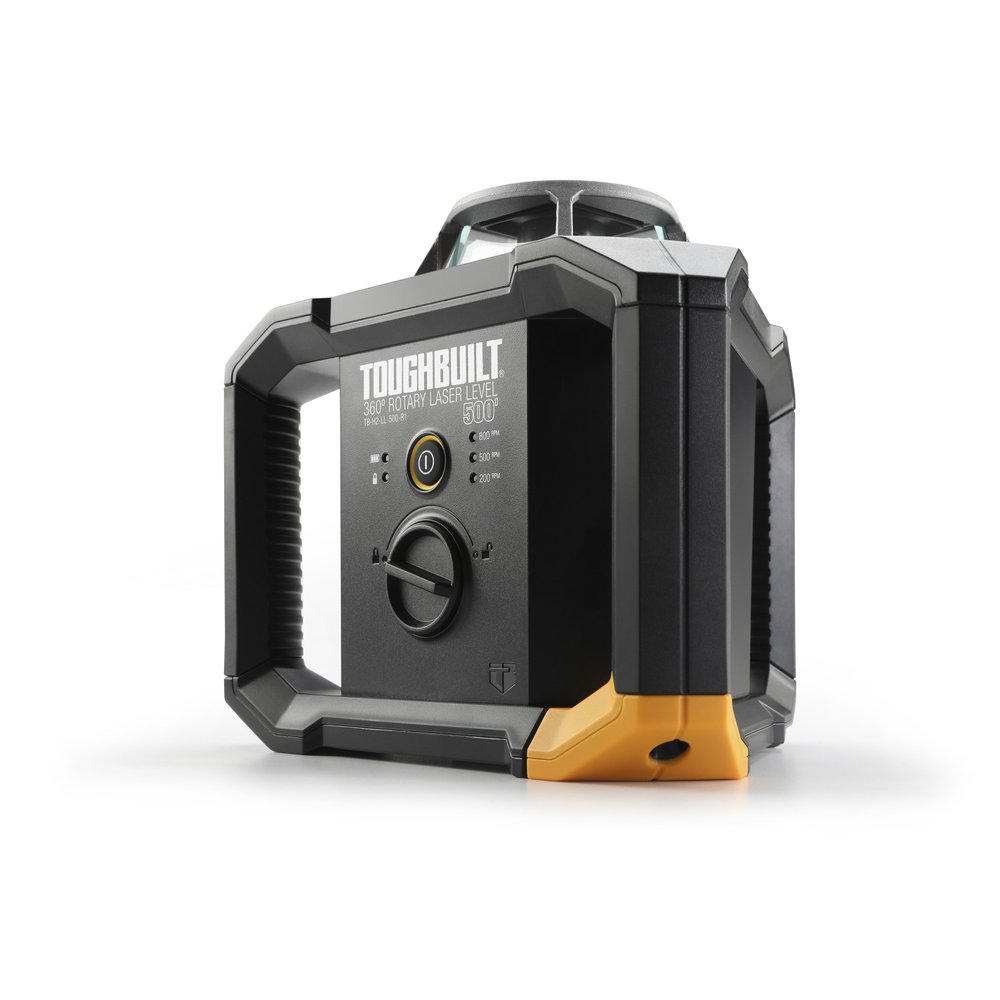Importance of Wearing Appropriate Eye Protection When Working with Laser Levels
Eye protection is crucial when working with laser levels to prevent potential damage to the eyes. This perspective emphasizes the importance of wearing appropriate eye protection and explores different types of protective gear.
Laser beams, especially those emitted by high-powered laser levels, can cause serious eye injuries if directly exposed. To protect the eyes, it is essential to wear laser safety glasses or goggles specifically designed for the wavelength of the laser being used. These protective glasses or goggles have filters that block or reduce the intensity of the laser beam while still allowing for clear visibility of the reference lines or dots.
It is important to note that regular safety glasses or sunglasses do not provide sufficient protection against laser beams. Laser safety glasses or goggles should be chosen based on the specific laser level and its wavelength. Consult the laser level manufacturer’s guidelines or seek advice from a safety professional to ensure the appropriate eye protection is used.
Ensuring Laser Beam Paths Are Clear to Avoid Accidental Exposure
Clearing the laser beam paths is crucial to prevent accidental exposure and potential harm. This perspective focuses on safe practices to ensure that laser beams are directed safely and avoid unintended exposure.
Before operating a laser level, carefully inspect the work area and ensure that the laser beam’s path is clear of any obstructions, including people, objects, or reflective surfaces. A blocked or obstructed laser beam can cause the beam to scatter or reflect in unintended directions, increasing the risk of accidental exposure.
When positioning the laser level, consider the height and angle of the laser beam to avoid unintentional exposure. When working at elevated heights or on different floors, ensure that the laser beam does not inadvertently shine into lower areas where people may be present.
Safe Practices for Handling and Storing Laser Levels to Prevent Damage or Accidents
Safe handling and proper storage of laser levels are essential to prevent damage to the equipment and avoid accidents. This perspective highlights safety practices for handling and storing laser levels.
When handling a laser level, always hold it by the designated handles or grips and avoid touching any sensitive components. Rough handling or dropping can disrupt the internal mechanisms, affecting the accuracy and performance of the laser level.
Proper storage of laser levels is important to protect them from dust, moisture, and accidental damage. When not in use, store the laser level in a protective case or bag designed for its specific model. This will prevent scratches, impacts, or exposure to the elements that can compromise the laser level’s functionality.
For long-term storage, ensure that the laser level is stored in a cool, dry place away from extreme temperatures or humidity. Follow the manufacturer’s guidelines for storage temperature and conditions to ensure the equipment remains in optimal condition.
Guidelines for Working in Teams and Communicating Laser Usage to Avoid Hazards
Working in teams with laser levels requires effective communication and coordination to prevent accidents and ensure safety. This perspective provides guidelines for working in teams and communicating laser usage.
Before starting a project, communicate with team members about the location and operation of the laser level. Discuss the potential hazards and establish safety protocols to be followed during laser operations. Ensure that all team members are aware of the potential risks and have received proper training on laser safety.
Clearly mark laser beam paths and areas where the laser level is in use to alert others in the vicinity. Use caution signs or barriers to prevent unauthorized access or accidental exposure. Regularly communicate with team members to ensure everyone is aware of the laser level’s status and any changes in its operation.
Encourage open communication among team members and the reporting of any safety concerns or incidents related to laser usage. Regular safety meetings and discussions can help identify potential hazards and improve safety practices.
In conclusion, taking safety precautions when using laser levels is crucial to protect the eyes and promote safe practices. Wearing appropriate eye protection, ensuring clear laser beam paths, handling and storing laser levels properly, and promoting effective communication within teams are essential for avoiding accidents and maintaining a safe working environment. By prioritizing safety, professionals can confidently and responsibly use laser levels in various applications.
